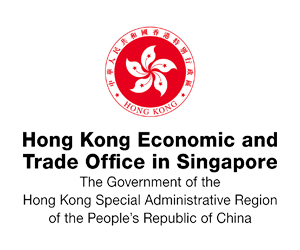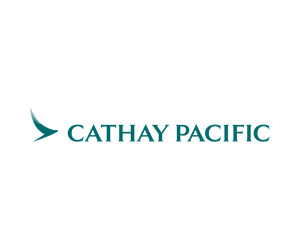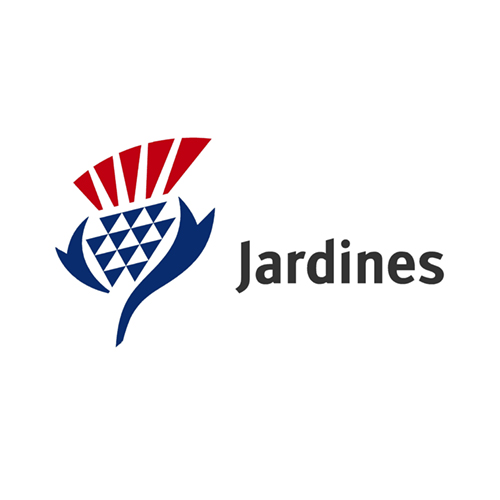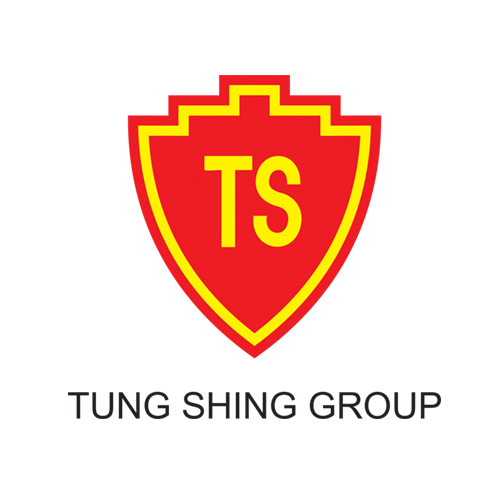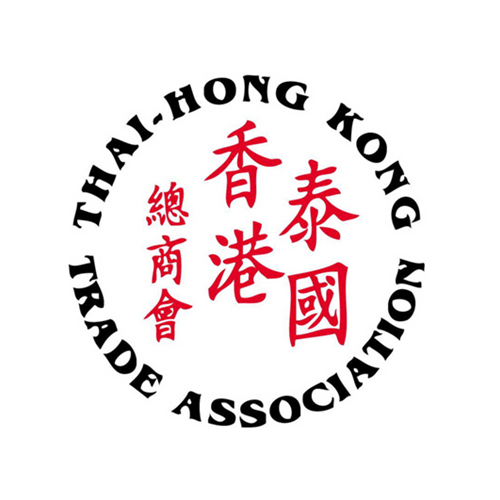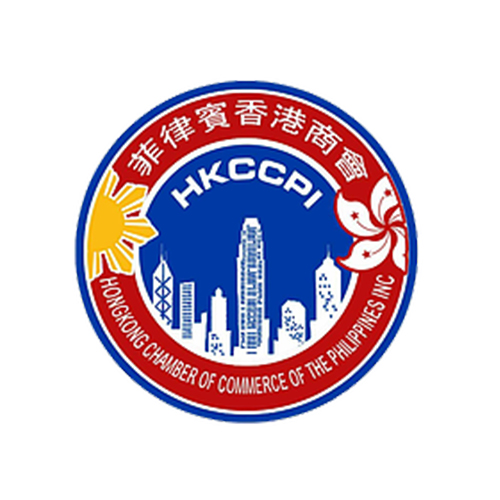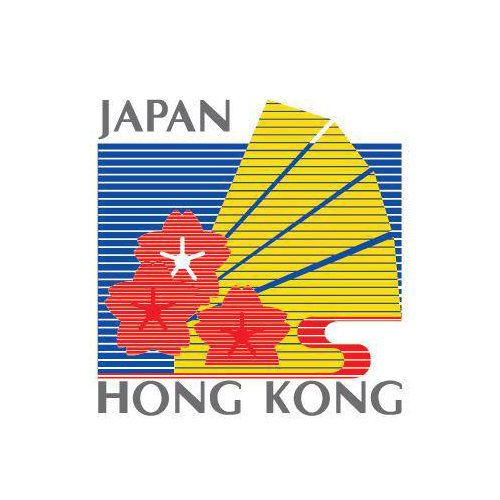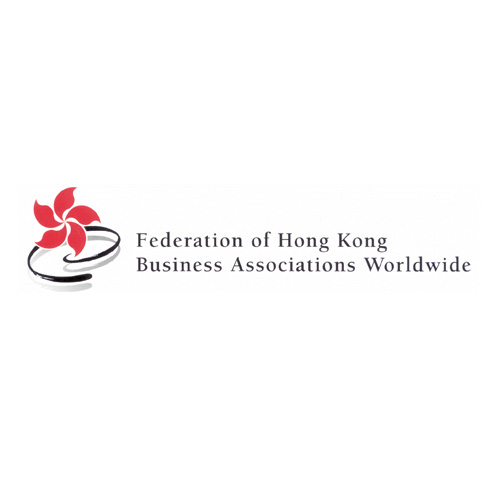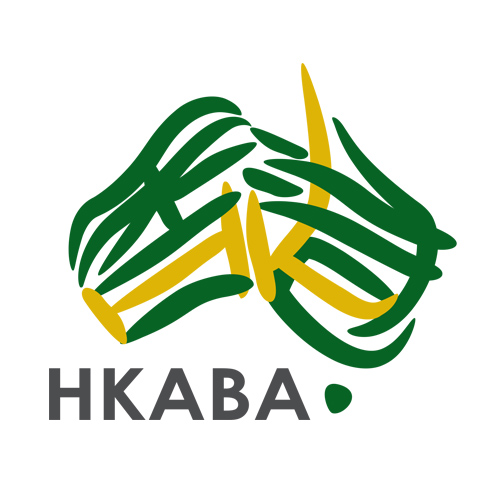Want to be in the loop?
subscribe to
our notification
Business News
LEATHER, FOOTWEAR INDUSTRY AIMS TO GAIN EXPORT GROWTH OF 10% IN 2025
The footwear sector will still focus on exporting to available and easy-access markets such as Africa and Asia to increase revenue.
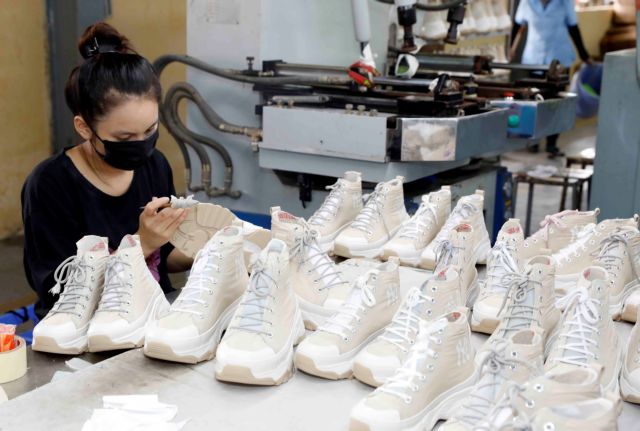
Production of sports shoes for export at a factory in Hà Nội. At present, a number of large enterprises have signed export contracts to produce until mid-2025. — VNA/VNS Photo
HÀ NỘI — The leather and footwear industry has set a target of achieving export value of US$29 billion this year, an increase of ten per cent year-on-year, according to the Việt Nam Leather, Footwear and Handbag Association (Lefaso).
At a conference reviewing the leather and footwear industry in 2024 held in Hà Nội on Friday, Phan Thị Thanh Xuân, the association's vice chairwoman and general secretary, said that achieving this goal will depend on consumer demand and implementing green standards and sustainable development requirements set by foreign markets.
Meanwhile the industry will still focus on exporting to available and easy-access markets such as Africa and Asia to increase revenue.
Then, it will, step by step, apply high-demanding green standards in order to conquer demanding markets such as Japan, Europe and the US.
Leather and footwear enterprises have approached large e-commerce sites, such as Alibaba and Amazon, to open more consumption channels.
At present, a number of large enterprises have signed export contracts to produce until mid-2025.
Also speaking at the conference, Lefaso chairman Nguyễn Đức Thuấn said that the leather, footwear and handbag industry in 2024 achieved a total export value at around $27 billion, an increase of 11.5 per cent year on year, despite facing pressure with falling prices, higher quality demands, increasing input costs and labour shortages.
They included $23.2 billion from footwear exports, up 13.2 per cent and $3.8 billion from suitcases, bags and briefcases, up 9.7 per cent.
Thuấn emphasised that Việt Nam's footwear industry has many competitive advantages, including a large labour force, competitive costs, a high supply of raw materials and attractive investment policies. It can also leverage international economic integration via many free trade agreements (FTAs) which have attracted many foreign invested enterprises.
In terms of global standing, Việt Nam is the world’s third largest footwear producer, behind China and India, and the second biggest exporter. But it is still mainly processing export products, so the foreign invested enterprises have held about 75 per cent of the industry's export value.
In 2024, the industry took advantages from FTAs, especially EVFTA and CPTPP, to promote exports.
In addition to traditional markets, with trade promotion activities, the leather and footwear enterprises have expanded into new export markets, such as the Middle East, South America, and Africa with large consumption potential.
Of which, sports shoes - a strong product from Việt Nam - have shown significant growth into the Middle East over a short period of time.
The industry has set a goal of achieving $38-40 billion in the total export value by 2030.
By 2035, the industry will develop effectively and sustainably according to the circular economic model, and perfect the domestic production value chain to effectively participate in the global value chains. At the same time, it will develop a number of regional and world brands.
However, presently Việt Nam's leather and footwear exports are facing many major challenges, including the greening trend in the world.
Therefore, meeting the green production standards of the export markets is a difficult task for domestic footwear enterprises.
For example, the EU market has imposed requirements on green transformation, especially a series of laws related to this issue.
The biggest challenge for the footwear industry now is sustainability in production and requirements for social responsibility, according to Xuân.
From the second quarter of 2024, the EU market began to introduce new requirements such as ecological design and traceability and transparency of the supply chain. So, if they are also importing raw materials, domestic enterprises have to be transparent about the entire production process.
Meanwhile, the footwear industry depends heavily on raw material imports, according to Thuấn.
To achieve the above goals, the State must develop and complete relevant mechanisms and policies. In addition, it must perfect energy policies and mechanisms to help the businesses access green energy according to requirements and commitments.
It also is necessary to have an action programmes, including issuance of policies on encouraging businesses to implement green production, at the same time building a unified system of green standards.
Experts say that developing supporting industries and producing raw materials for the domestic leather and footwear industry is extremely important.
The association has proposed the State support for formation of industrial zones for production of materials for the leather and footwear industry, focusing on the production of leather, technical fabrics, accessories and soles. That will be convenient for environmental protection and create a better centralised production system. — VNS
Source: VNS
Related News
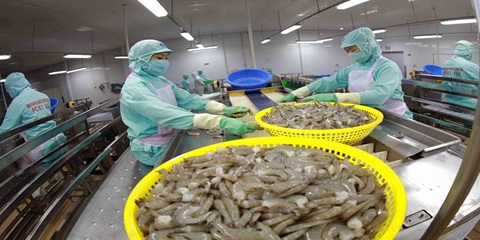
VIETNAM’S SEAFOOD EXPORTS HIT OVER US$10 BILLION IN JAN-NOV
Seafood export revenue in November alone amounted to nearly US$990 million, up 6.6% year-on-year. Key product groups posted solid gains. Shrimp exports rose 11.7% to over US$385 million, supported by strong demand for whiteleg shrimp and lobster. Tra fish shipments increased 9.7% to almost US$197 million, while marine fish, squid, and mollusk exports maintained their recovery.

VIETNAM’S AGRO-FORESTRY-FISHERY EXPORTS HIT NEW RECORD IN JAN-NOV
Vietnam’s agro-forestry-fishery export revenue reached an estimated US$64.01 billion in the first 11 months of 2025, up 12.6% year-on-year and surpassing the full-year record of US$62.4 billion set in 2024. Agricultural exports reached US$34.24 billion, up 15% year-on-year, while livestock products brought in US$567.4 million, a 16.8% increase. Seafood exports rose 13.2% to US$10.38 billion, and forestry products earned US$16.61 billion, up 5.9%.

HANOI REPORTS RECORD-HIGH BUDGET REVENUE IN 2025
Hanoi’s budget revenue is estimated to reach VND641.7 trillion in 2025, the highest level ever recorded and nearly 25% above the revised target, according to a report by the municipal government. Data from the city’s socioeconomic performance review shows that total state budget collections in 2025 are projected to reach 124.9% of the adjusted plan and rise 24.9% from 2024, the Vietnam News Agency reported.
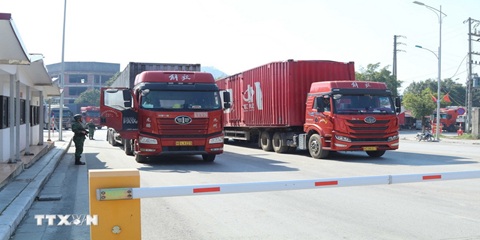
VIETNAM, CHINA TO PILOT TWO-WAY CARGO TRANSPORT AT LANG SON BORDER
Vietnam and China will launch a one-year pilot program on December 10 to allow two-way cargo transport through the Huu Nghi–Youyi Guan international border gates in Lang Son Province, reported the Vietnam News Agency. The Dong Dang-Lang Son Economic Zone Management Board said the trial aims to reduce transport costs and improve customs clearance capacity.
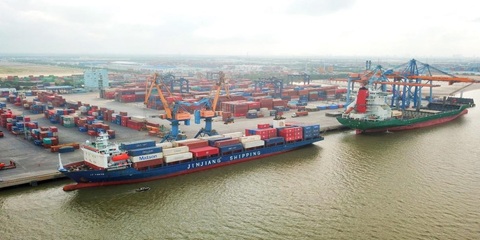
VIETNAM’S IMPORT-EXPORT VALUE NEARS US$840 BILLION IN JAN-NOV
The total value of Vietnam’s imports and exports was nearly US$840 billion between January and November this year, the highest level ever recorded, according to the National Statistics Office. In its latest report on the country’s socio-economic performance, the National Statistics Office highlighted a series of positive economic indicators, with trade emerging as one of the strongest drivers of growth.

OVER 19 MILLION INTERNATIONAL VISITORS COME TO VIETNAM IN JAN-NOV
Vietnam received more than 19.1 million international visitors in the first 11 months of 2025, a 20.9% increase year-on-year and the highest level ever recorded, according to the National Statistics Office. The figure surpasses the full-year record of 18 million arrivals set in 2019, before the Covid-19 pandemic. Nearly two million foreign visitors arrived in November alone, up 14.2% from October and 15.6% from the same period last year.
